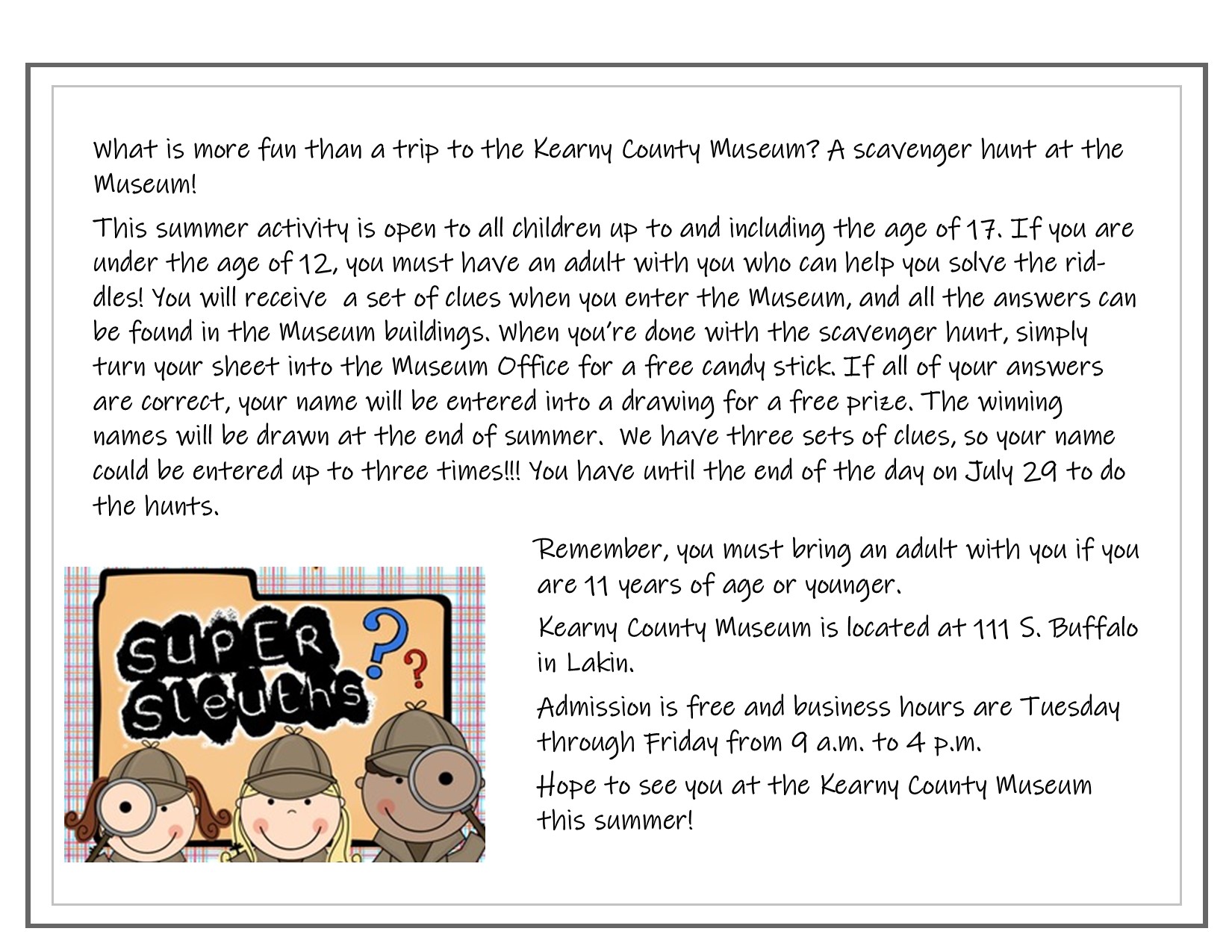John O’Loughlin arrived in Lakin in the spring of 1873, the first permanent settler. He set up a trading post next to the newly completed railroad in an abandoned dug-out that had been used by the railroad’s construction crews. John offered the ordinary line of staple dry goods and groceries as well as rifles, ammunition, ox yokes, ox shoes, boots, clothing, hats and handkerchiefs.
O’Loughlin served cowboys, hunters, trappers, travelers on the Santa Fe Trail and railroad crews. Well known for his honest dealings, friends often entrusted John O’Loughlin to hold their money for safe keeping as there was no bank in Lakin in the early years. Eventually Lakin began to grow, and O’Loughlin’s business flourished. By 1879, he had more business than the dugout store could handle. He built a 30×50-foot store building just a few feet away from the dug-out. Using eight horses, chains and large logs, the store building was moved to Main Street in 1883. For a time, John’s brother-in-law, Michael Weber, joined him in the mercantile business, and they expanded their services to include clothing, hardware, agricultural implements, cement, lumber, coal and more. But John’s business dealings were not limited to the store. He had stints as postmaster and vice-president of the Lakin State Bank as well as considerable land and cattle interests.
John and his Irish bride, Mary Farrell, raised seven children. When their sons were grown, they took over the O’Loughlin store and John’s ranching interests.
John’s daughter Margaret once said that John was the last person to want any fuss made over him or what he did. “One reason I think the old timers said so many nice things about my father was that he was able to extend credit to so many of them for so long while they were proving up. When settlers got discouraged, they’d come and want to sell their land. But Papa wouldn’t let them. If there was any way he could persuade them, he would not let them sell the land. Then he would arrange either for them to … work on his farm, or they could work on one of the other ranches, so they’d have groceries and things to get through the winter. And that way, they could stay in this country.”
John O’Loughlin died at the age of 73 in 1915. Unwavering in his commitment to family, fellow man and this community, John O’Loughlin is known as the father of Lakin.
Sources: “Timing is Everything” by Fern Bessire, Kansas Territorial Magazine July-August 1983; The Lakin Independent Aug. 9, 1935; “Ft. Hays – Ft. Dodge Trail” by C. E. Roughton, History of Kearny County Kansas Vol. I, and museum archives.


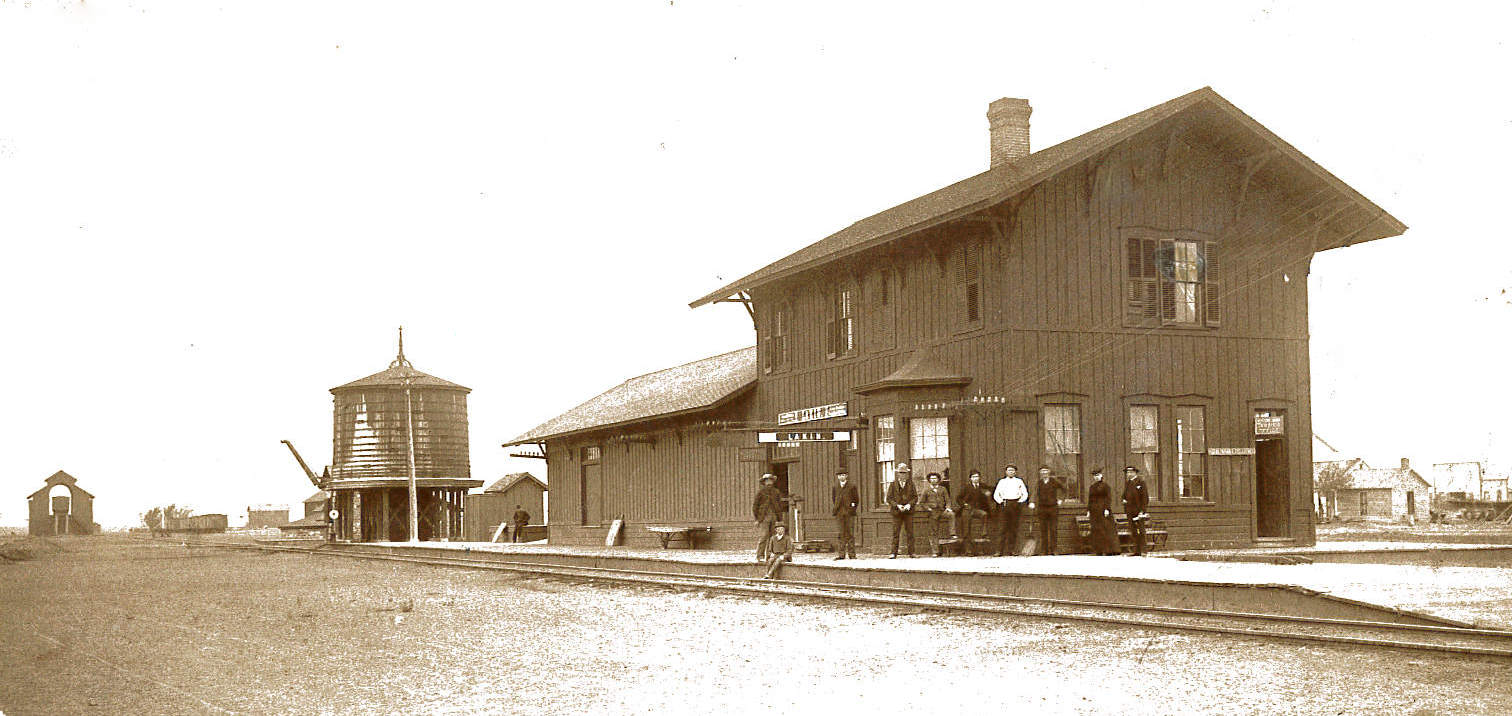
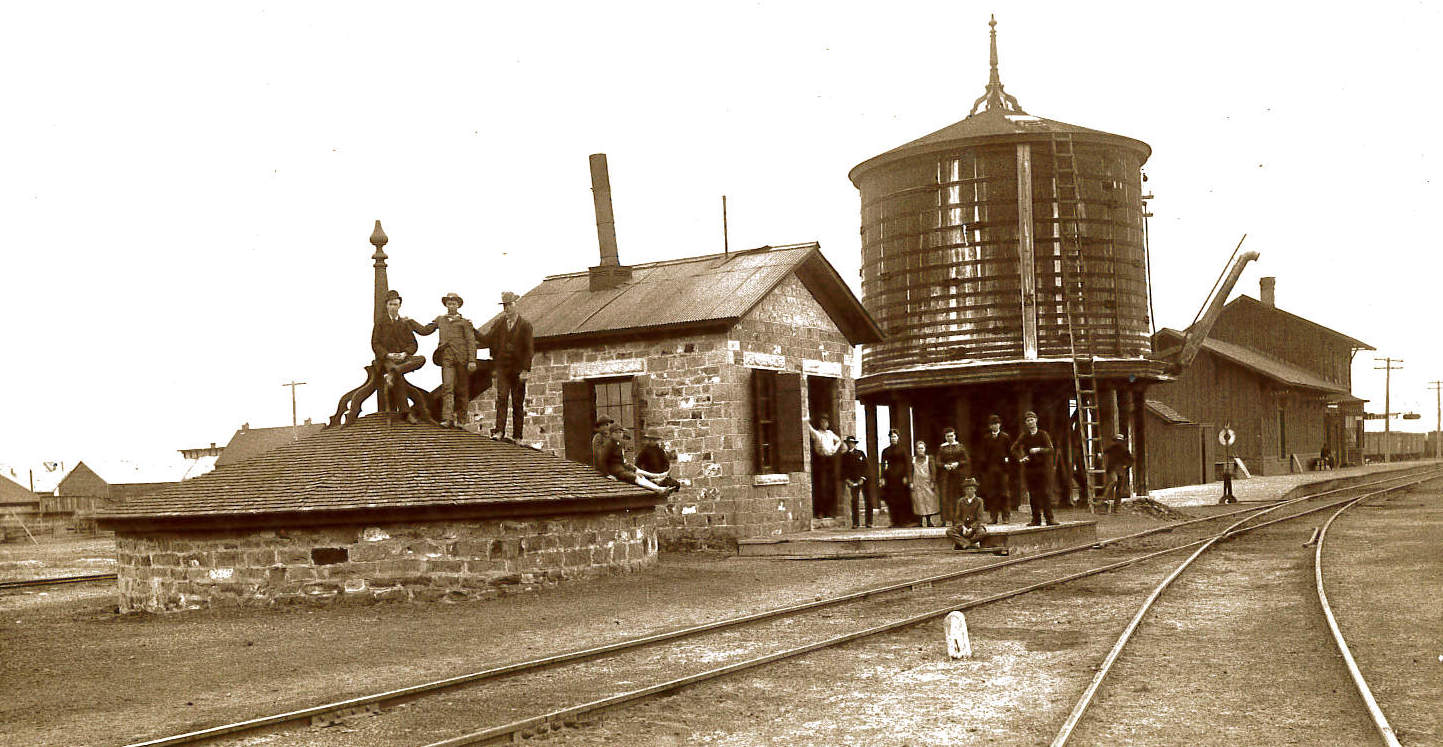


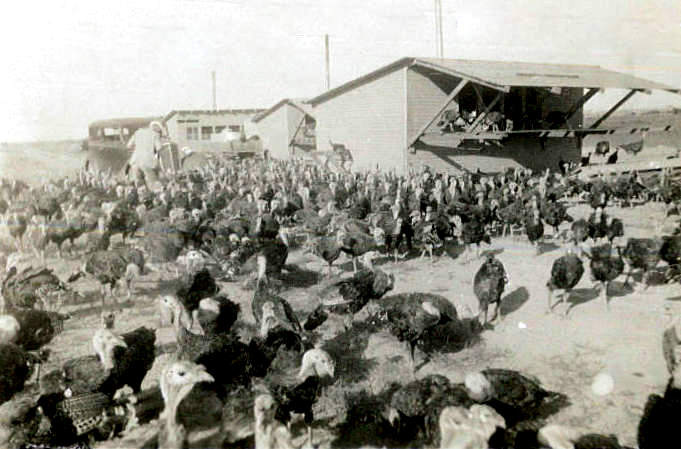 As if enduring the Dust Bowl Days and Great Depression were not enough, grasshoppers were an additional problem during the 1930s. To battle the pests and ultimately save his alfalfa crop, Orlie White began raising turkeys on his Kearny County farm located on the north shore of Lake McKinney. According to a story written by his wife, Prudence, “turkeys were the best grasshopper catchers in the world.”
As if enduring the Dust Bowl Days and Great Depression were not enough, grasshoppers were an additional problem during the 1930s. To battle the pests and ultimately save his alfalfa crop, Orlie White began raising turkeys on his Kearny County farm located on the north shore of Lake McKinney. According to a story written by his wife, Prudence, “turkeys were the best grasshopper catchers in the world.”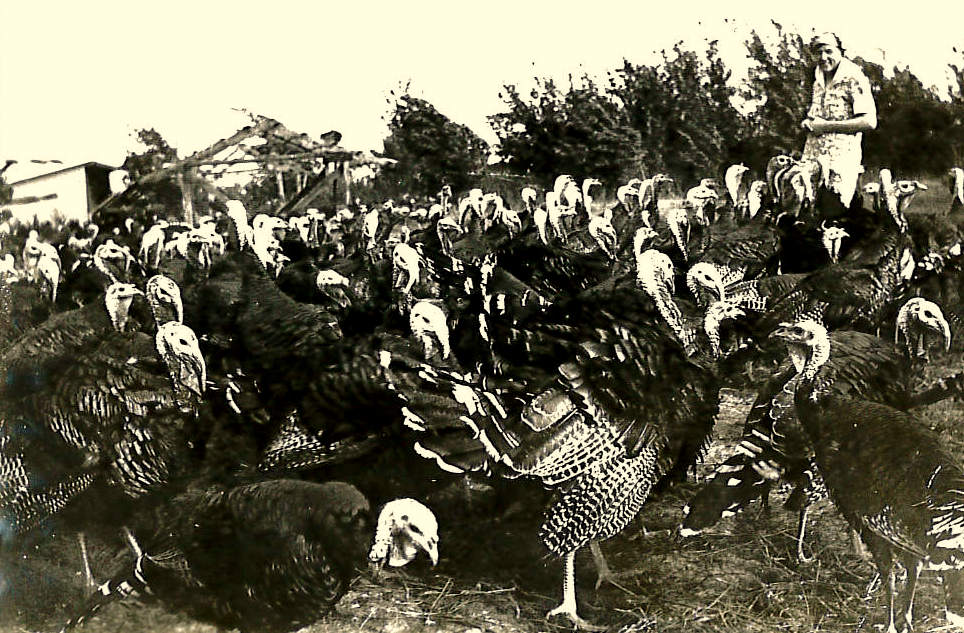

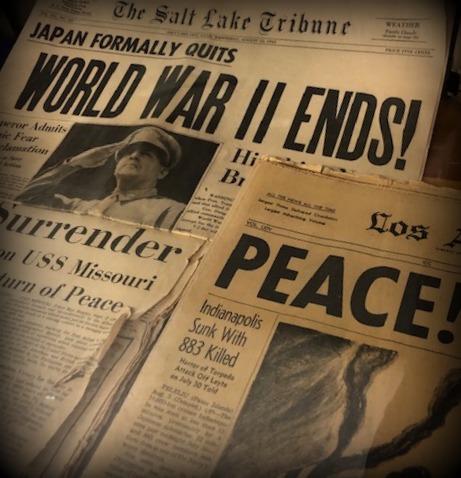 The Uniform Holiday Bill, signed June 28, 1968, was intended to ensure three-day weekends for Federal employees by celebrating four national holidays on Mondays: Washington’s Birthday, Memorial Day, Veterans Day, and Columbus Day. Many states did not agree with this decision and continued to celebrate the holidays on their original dates. The first Veterans Day under the new law was observed with much confusion on October 25, 1971. It was quite apparent that the commemoration of this day was a matter of historic and patriotic significance to a great number of Americans so on September 20th, 1975, President Gerald R. Ford returned the annual observance of Veterans Day to its original date of November 11. This action supported the desires of the overwhelming majority of state legislatures, all major veterans service organizations and citizens.
The Uniform Holiday Bill, signed June 28, 1968, was intended to ensure three-day weekends for Federal employees by celebrating four national holidays on Mondays: Washington’s Birthday, Memorial Day, Veterans Day, and Columbus Day. Many states did not agree with this decision and continued to celebrate the holidays on their original dates. The first Veterans Day under the new law was observed with much confusion on October 25, 1971. It was quite apparent that the commemoration of this day was a matter of historic and patriotic significance to a great number of Americans so on September 20th, 1975, President Gerald R. Ford returned the annual observance of Veterans Day to its original date of November 11. This action supported the desires of the overwhelming majority of state legislatures, all major veterans service organizations and citizens.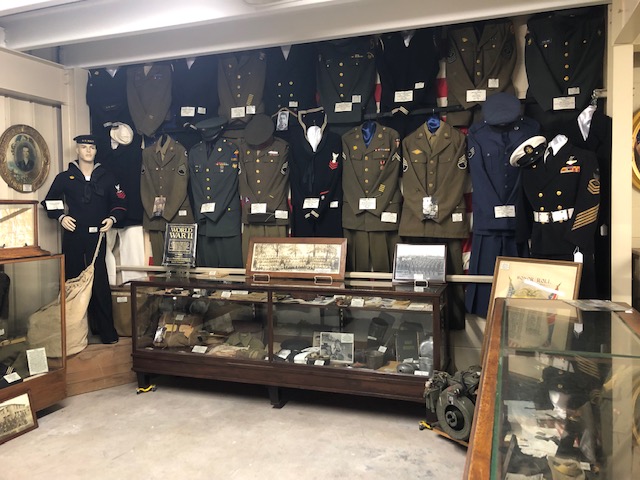 The restoration of the observance of Veterans Day to November 11 not only preserves the historical significance of the date, but helps focus attention on the important purpose of Veterans Day: A celebration to honor America’s veterans for their patriotism, love of country, and willingness to serve and sacrifice for the common good.
The restoration of the observance of Veterans Day to November 11 not only preserves the historical significance of the date, but helps focus attention on the important purpose of Veterans Day: A celebration to honor America’s veterans for their patriotism, love of country, and willingness to serve and sacrifice for the common good.
